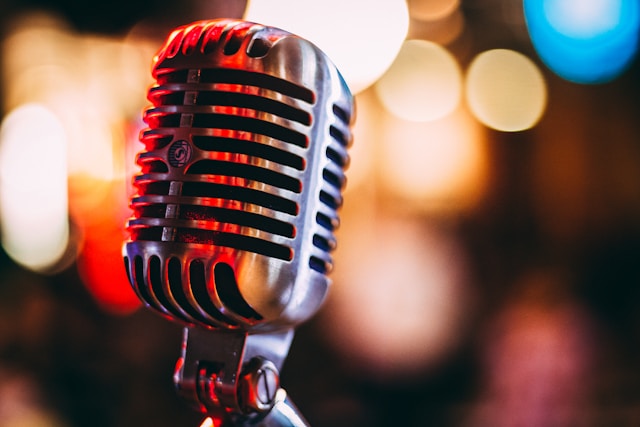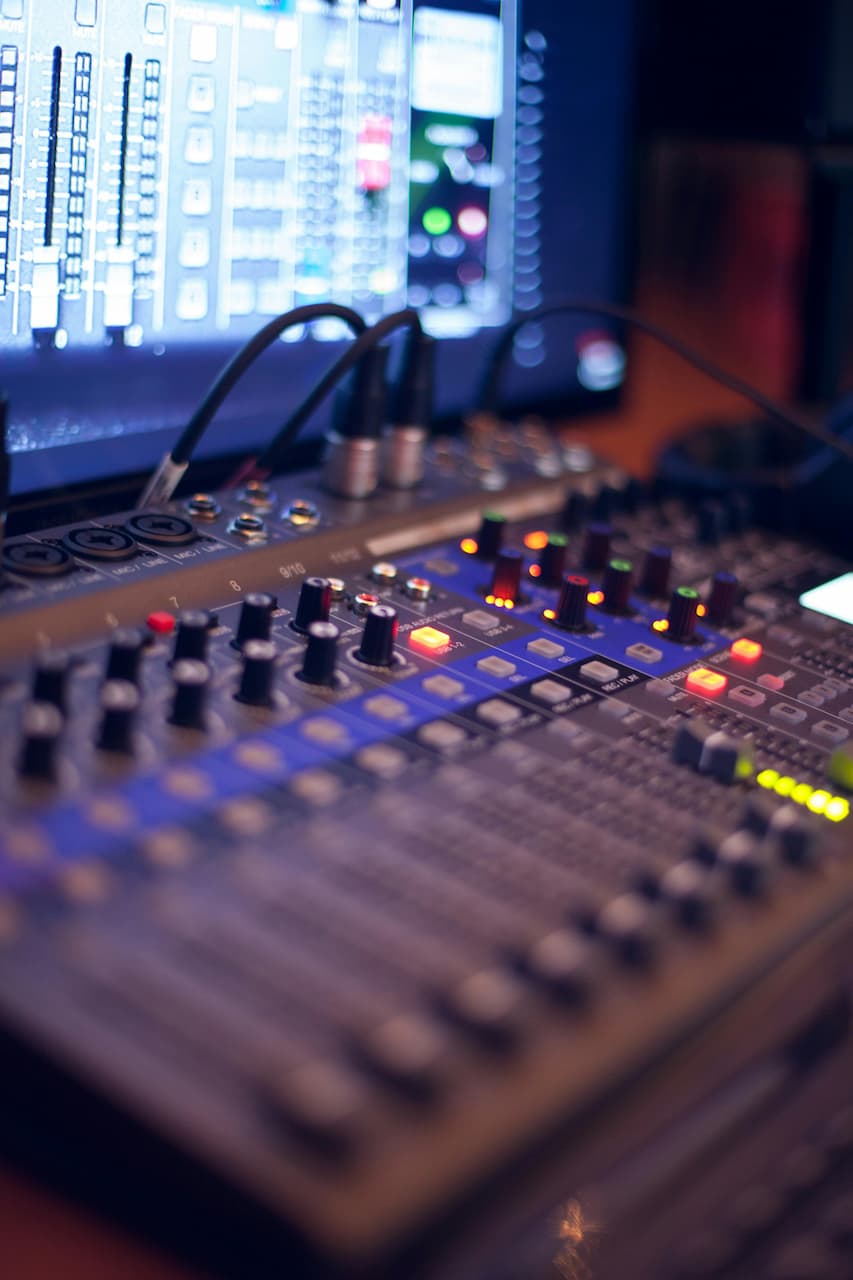For decades, music lovers have shared one universal frustration: ads. Whether it was radio jingles interrupting a favorite song or commercials breaking up a playlist, ads have always stood between listeners and the seamless flow of music. Fast-forward to 2025, and the story hasn’t changed much.
Although technology has transformed how we consume music—from traditional radio to MP3 players, and now to Spotify, YouTube Music, and Apple Music—the role of advertising remains. Yet, listeners continue to find ways to skip, avoid, or block ads. This raises a fascinating question: why, after so much innovation, do ads still dominate music—and why do listeners resist them so strongly?
The Golden Age of Radio and the Birth of Ad Interruptions
When radio emerged as the dominant form of entertainment in the early 20th century, it brought music into homes like never before. But radio had one limitation: it was free, and someone had to pay the bills. Advertisers filled that gap.
Jingles, spoken promotions, and sponsored segments became part of the radio experience. While some listeners tolerated them, others developed habits of “tuning out” or switching stations when ads came on. This early behavior was the first version of ad-skipping in music history.
Cassette Tapes, CDs, and the Pursuit of Control
With the rise of physical formats such as cassette tapes and CDs, listeners briefly gained more control. They could purchase albums and listen without ads. Mixtapes became popular because they allowed users to curate music exactly as they wanted, uninterrupted.
But for those who still relied on radio, ads were inescapable. The divide between paid, ad-free music (albums) and free, ad-supported content (radio) began here—a division that continues today in streaming services.
The Digital Shift: MP3 Players and Early Streaming
The late 1990s and early 2000s brought MP3 players and file-sharing platforms. Services like Napster and LimeWire, although controversial, gave people unlimited access to ad-free music. For the first time, many listeners realized just how much better music felt without interruptions.
This shift reshaped expectations. By the time legal streaming platforms emerged, users already knew what ad-free listening could feel like—and many were unwilling to settle for less.
Streaming Platforms and the Return of Ads
Today, streaming platforms dominate the music industry. Spotify, YouTube Music, Deezer, and Pandora collectively serve billions of streams every day. But the “free tier” model relies heavily on advertising.
Free listeners often face:
- Ads are placed between every few songs
- Video ads before playback
- Promotions for the platform’s premium service
For casual listeners, ads might seem tolerable. But for those who use music to focus, work, or relax, these interruptions are jarring. Once again, skipping or blocking ads has become a central part of the listening experience.
Why We Still Skip Ads in Music
So why do people continue to avoid ads, even knowing they support artists and platforms? The reasons are surprisingly consistent across generations:
- Flow matters – Music is about immersion. Ads break that emotional flow.
- Repetition fatigue – Hearing the same promotion dozens of times a day is frustrating.
- Mismatch of tone – A loud commercial doesn’t belong in the middle of a calm playlist.
- Time efficiency – In today’s fast-paced world, people dislike waiting through forced ads.
Simply put, ads go against the very purpose of music: seamless enjoyment and connection.
The Tools That Help Listeners Skip Ads
Historically, skipping ads meant changing the radio station or fast-forwarding a cassette tape. Today, it often means using technology. Premium subscriptions are one option, but not everyone wants or can afford them.
This is where ad-blocking tools come into play. Programs like AdLock help listeners remove intrusive ads across devices, ensuring smooth and uninterrupted playback. For many users, solutions like this aren’t just about convenience—they’re about preserving the way music is meant to be experienced: without breaks, without noise, just pure sound.
How Ad-Free Music Shapes Listening Behavior
Ad-free environments don’t just improve enjoyment—they also change listening habits:
- Longer sessions – People stream music for hours without fatigue.
- More discovery – Without the annoyance of ads, users are more open to exploring new artists.
- Greater productivity – Students and professionals rely on ad-free playlists to focus.
These shifts demonstrate why skipping ads isn’t just about avoiding inconvenience—it’s about enhancing the role of music in everyday life.
The Monetization Dilemma for Platforms
While listeners prefer ad-free experiences, platforms still need revenue to pay artists and cover licensing costs. This creates a tension between user satisfaction and financial sustainability.
Possible solutions include:
- Tiered subscriptions – Offering low-cost “ad-lite” plans.
- Partnership bundles – Pairing music subscriptions with telecom or streaming video services.
- Alternative revenue streams – Merchandise, live events, or fan support tools.
As long as platforms depend solely on ads or high-priced subscriptions, users will continue to seek ways—like AdLock—to control their experience.
The Psychology Behind Ad Avoidance
Beyond practical frustrations, there’s a psychological reason we skip ads: ads break autonomy. When people feel forced into listening, they resist. Music is deeply tied to emotions, identity, and mood. Anything that disrupts that relationship feels intrusive.
By contrast, when listeners are given freedom—whether through subscriptions or tools like ad blockers—they form stronger loyalty to platforms and artists.
From Radio to Streaming: The Cycle Continues
It’s fascinating to realize that despite a century of technological change, one thing has remained constant: listeners don’t like ads in music. From switching radio stations in the 1930s to using digital ad blockers in 2025, the methods evolve, but the motivation stays the same.
The lesson for the music industry is clear: people value uninterrupted music so highly that they will always find ways to achieve it.
Conclusion: The Future of Ad-Free Listening
From the crackle of old radios to today’s high-definition streaming platforms, music has always been about connection, mood, and flow. Ads disrupt that connection, and history shows that listeners consistently resist them.
As we move forward, platforms will need to adapt—offering creative, user-friendly monetization models that don’t rely on overwhelming listeners with ads. In the meantime, tools like AdLock empower users to shape their own experiences, ensuring music remains what it has always been: a seamless soundtrack to life.




